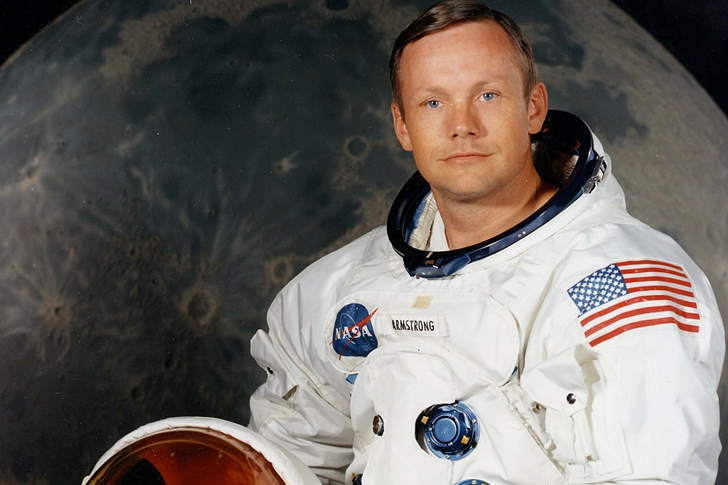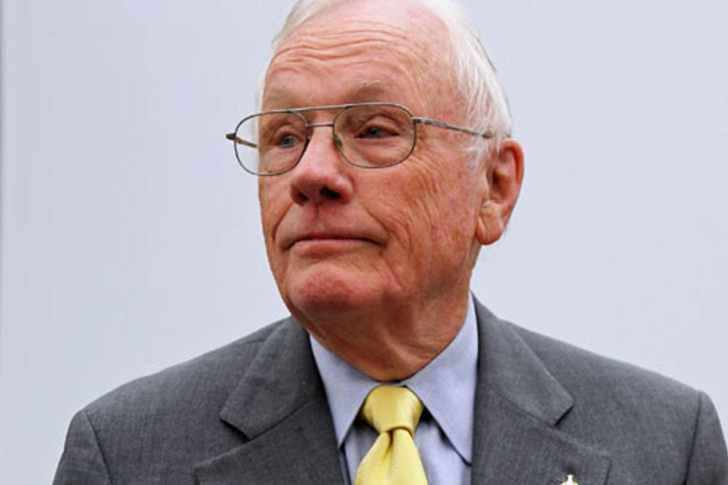Neil Armstrong: From Test Pilot to Apollo 11 Commander
Most people associate Neil Armstrong with his famous words “one small step for man, one giant leap for mankind”. These were the words he uttered when he stepped off the lunar surface on July 20, 1969. He is also given credit for the now-iconic “The Eagle has landed” when he announced that the lunar landing module named “Eagle” had made contact with lunar soil. What else do we know about this enigmatic astronaut? Sure, he was the first person to land on the moon. We also see him in pictures on textbooks wearing his astronaut uniform as he beamed with pride and happiness.
Armstrong’s Early Life
He was born in Wapakoneta, Ohio, and was the eldest of the three children of parents Viola Louise Engle and Stephen Koenig Armstrong. Even at an early age, Armstrong, as a child, had shown an interest in aviation. He took his first airplane flight at 6 and went on to become a licensed pilot on his 16th birthday. We can only speculate whether he is knowledgeable in roof repair or other skills expected during that time, but he sure became an accomplished naval officer starting when he became a cade in 1947. He also served in the Korean War as a naval aviator and was shot at once.

Test Pilot Career
When Neil completed his degree in aeronautical engineering in 1955, he signed up to become a civilian research pilot for the National Advisory Committee for Aeronautics (NACA), the precursor to NASA. He flew his first plane for testing on March 1, 1955. As a test pilot, he flew on various supersonic jet fighters including the X-15 rocket plane. Neil logged more than 10,000 hours. The job was dangerous, given that he had to work with systems that were still being developed and hence, carried a high amount of risk. This training, however, became helpful when he, later on, commanded the Apollo 11 mission.
Life as an Astronaut
He officially became an astronaut in 1962 when he joined the Gemini 8 mission as its command pilot. On March 16, 1966, Neil, along with pilot David Scott, successfully docked the Gemini VII with its target Agena spacecraft. This success was, to some degree, critical for future moon missions, such as in the case of the International Space Station. Nowadays, docking is just a regular event at the ISS, but in 1966, it was a big event.
As the commander of the Apollo 11 mission, Armstrong gained recognition as the first person to step on the lunar surface, leading humankind to a new space era.

Other Accolades and Achievements
As a result of the successful moon landing, Armstrong and his crew received accolades from various countries, with 17 countries giving the lead astronaut awards and recognition. The time, investments, and effort he poured in while training, for sure, made huge returns. He received the NASA Distinguished Service Medal, the AIAA Astronautics Award, the John J. Montgomery Award, the Congressional Gold Medal, and the Explorers Club Medal, among many others.
Apart from earning his bachelor’s degree in aeronautics from Purdue University, he also pursued a Master’s. A few universities also awarded him Honorary Doctorates.

NASA Career and Death
After his success in exploring the moon, Armstrong decided to remain with NASA as its deputy associate administrator for aeronautics. He served until 1971 and then joined the University of Cincinnati as a faculty member for aerospace engineering. Despite being a known man, Armstrong valued his privacy and stayed out of the public eye. He probably had an excellent home security system installed to ensure his privacy, too. In a rare move, however, he appeared on an interview for the show “60 Minutes” in 2006. His biography also came out the same year. Armstrong spent his final days with second wife Carol in his home state of Ohio. He died on August 25, 2012, at 82, following heart surgery.
